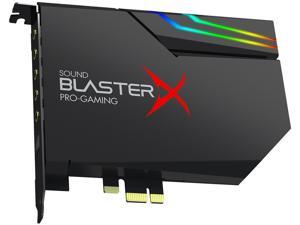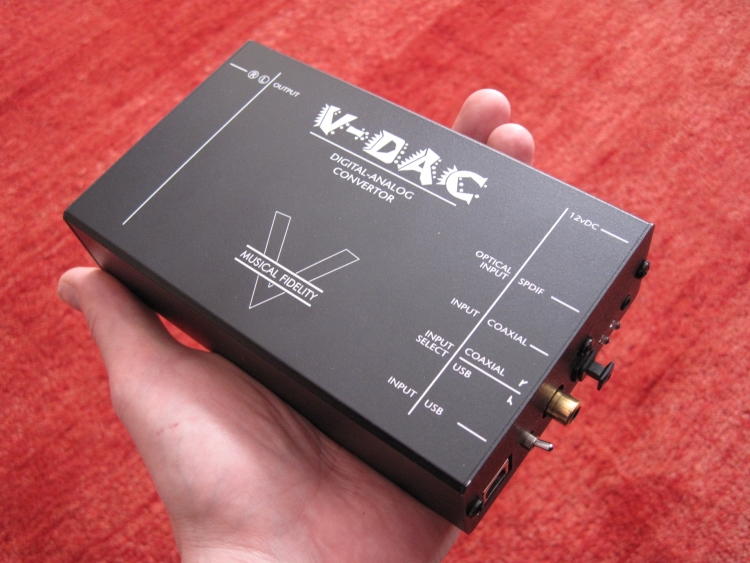These musical fidelity are equipped with two-way audio crossover and full range woofer sizes such as 8 inches. You can plug these musical fidelity into your computers, tablets or phones, to blast sound and enjoy soul-soothing music. They are available in different sizes and colors to help you choose according to your preferences. A legend returns! Musical Fidelity sold almost 50,000 of their original X-10 Tube Buffer Stage and has finally brought it back to life. The new X-10v3 is based on the Musical Fidelity exclusive Mu-Vista (kW) tubes and is guaranteed to add the magic of tubes to any system without adding any significant noise or distortion.
Contents

- 2 Initial Impressions
- 4 Summary
Musical Fidelity has been gradually introducing, and re-introducing various product lines since the brand’s 2018 sale to Audio Tuning GMBH, parent company of Pro-Ject Audio Systems. Founded by Anthony Michaelson in 1982, the brand is responsible for many a notable product, the 1986 Digilog DAC being a particularly relevant milestone to mention here.

Along with the Arcam Black Box, the Digilog was one of the first wave of separate DACs (digital to analogue converters) to enter a market where digital was still evolving and digital components were still in their infancy. Based around the Philips TDA1541A dual DAC chip, a component which seems to have achieved legendary status in recent years. It was a well made and fine-sounding unit at the time of its release and punched way above its price tag as is often the case with products from the brand.
One of the latest product pairings to emerge from musical fidelity’s new Austrian headquarters is the M2sI integrated amplifier and M2scd compact disc player, both retailing at £799 in the UK. Both are no-frills units prioritising superlative sound quality over superfluous functionality.
Specs

Like the amp, you won’t find digital inputs, streaming functions, customisable filtering or other gimmicks here. What you do get however is a high-quality CD player optimised for discs following the Red Book standard though it’ll happily play CD-Rs too providing they are burned correctly and finalised as audio CDs. Connectivity is limited to unbalanced analogue outputs and both coaxial and optical digital are included should you want to use the player as a transport, though it has to be said that the DAC, based around the TI PCM1792 and an output stage comprising four JRC 5532DD low noise operational amplifiers is a rather nice one indeed. Interested readers can view technical info on the op-amp Here and on the DAC Here.
The player uses a slot-loading CD drive partnered with a StreamUnlimited BlueTiger CD-80 CD servo. The BlueTiger is an excellent unit which essentially integrates most of the core CD playback functions, managing the operation of the drive itself as well as handling the display and user input. Based around a SAA7824 NXP decoder together with an LPC2101 32-Bit Arm7 microcontroller, this is one of the better off-the-shelf CD servo systems available to manufacturers, with fast response times, exceptional error correction and a complete feature set including programming capability.
The rest of the player is equally well thought out with a toroid-based linear power supply and well-executed D/A conversion hardware. The PCM1972 DAC from Texas Instruments uses advanced segment DAC technology to improve dynamic performance with increased tolerance to clock jitter, which incidentally is excellent in this design, rated at less than 135PS but measured at just 117PS. Interested readers can view technical info on the CD-80 Here. Though technically supported by the DAC there is no provision for playing SACD, though it will of course play the CD layer of those discs just fine.
Quoted signal to noise ratio is 113dB though with muting active. Using a test disc with a -60dB tone I measured a still exceptional -100.7dB which is still well below audibility. Dynamic range measures 100.4dB, close to what is possible from a CD. A standard linear phase digital filter is in use here. In terms of frequency response, the M2scd is flat to within 0.1dB over 20Hz-20kHz, with the slightest treble lift right around 20kHz though nothing that would be audible.
Initial Impressions
Like the partnering amp, the M2scd is housed within an all-metal chassis with a thick aluminium front panel. On which are basic transport controls, a power button, IR sensor, a display capable of showing CD text, and a slot into which the disc slides, label side up. The power switch is a hard switch which cuts power to the unit entirely, so there is no standby facility or remote power switching. The rear is pretty sparse aside from analogue and digital outputs and an IEC power socket.

The disc drive is a quality one which is pleasingly slick in operation, taking in the disc gently from your hand and drawing it into the player with a soft whir and clunk. Ejecting discs is equally smooth and should you leave the disc in the drive for a period of time, the machine will pull it back in to prevent you accidentally leaving a disc protruding from the front of the player. The transport is also extremely quiet during playback, to the point where I have to put my ear close to the player to hear it running at all. Only in loading and skipping operations does it make any appreciable noise, and those noises suggest mechanics of excellent quality.
The Remote
The remote is a lightweight device and very average in feel, though with a decent array of controls. With it you gain access to programming functions as well as a ‘ten second intro’ mode and direct track entry, as well as the usual transport controls and a display dimmer. The layout is logical for the most part, though the transport controls are the reverse of what would be expected. Track skipping controls are at the top and bottom of the central circle, with the controls for fast track seeking positioned to the left and right. That can take some getting used to and is an odd layout given that skipping through a track is a function I assume few actually use. Still, it’s here and it does work, so I can’t complain.
Musical Fidelity Sound Cards & Media Devices Driver Download
Startup and usage involves no drama. On initial startup the drive will attempt to pull in a non-existent disc and the display flashes between ‘reading’ and ‘no disc’ momentarily until the player has settled. Disc loading is quick, with the player initialising the table of contents and being ready to play within 10 seconds. Transport operations are equally quick and the player handles fast sequential user input with no issue, meaning it is perfectly possible to skip quickly through tracks on a disc.
Sound
The M2scd, as suggested by the measurements, does sound especially neutral, flat and accurate. It appears more neutrally tuned than the amp, with none of the M2sI amplifier’s lively character but every bit its equal in terms of detail retrieval. While the partnering amp lacks a little in low-end control, here the low end is clean and more precise, with the leading edges of notes more easily distinguished.
It loses out to better DACs in its ability to portray harmonics, especially in the low end but also through the mids. These are however areas that are only noticeable in critical listening. Taken as-is, and especially paired with the matching amplifier, the M2scd produces a sound that is above all musically engaging and non-fatiguing, whilst remaining true to the source material.

Musical Fidelity Sound Cards & Media Devices Driver Updater
Summary
The Musical Fidelity M2scd is an impressive if somewhat basic CD player. It partners high-quality CD mechanics with one of the best CD servo systems on the market, adds a fine DAC and well-designed power supply and wraps the lot in a smart, solid enclosure. Given some rival players, particularly those coming out of Japan and from Brits manufacturing in the Far East, it is perhaps not the best value for money proposition in terms of its rather basic electronics. But I can’t fault it sonically, its quality of build is up there with players costing a great deal more, and it has proven to be a solid, reliable machine throughout the review period. Highly recommended.
Musical Fidelity Sound Cards & Media Devices Driver Windows 7
Related
